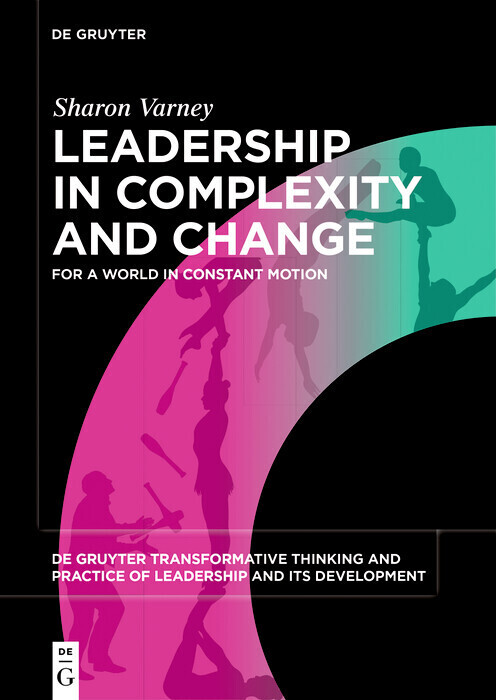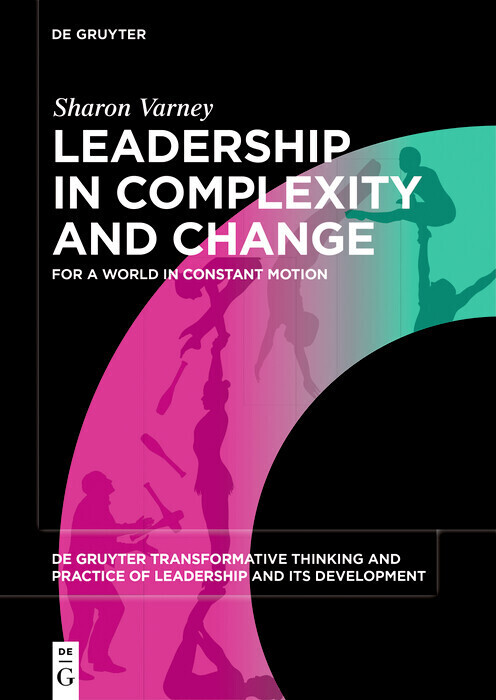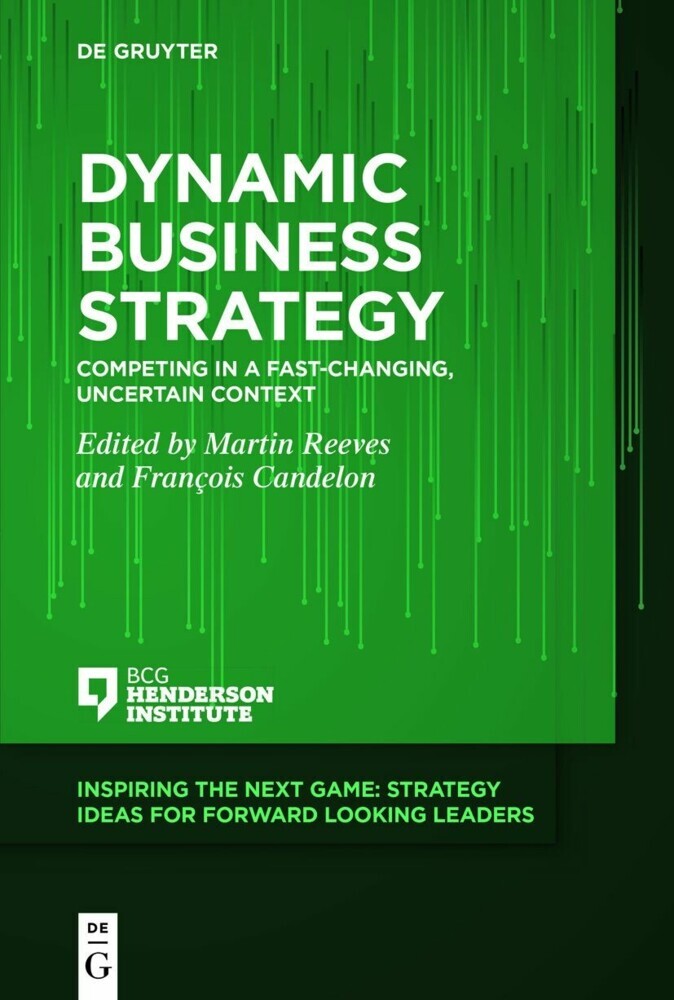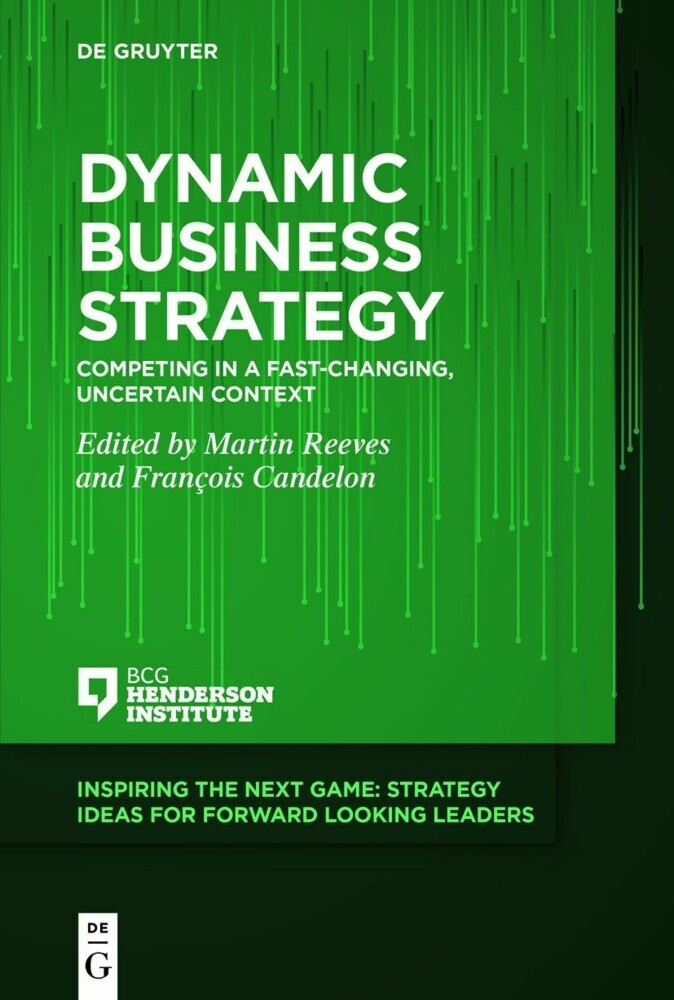Leadership in Complexity and Change
Leadership in Complexity and Change
If we needed a reminder that the world is complex and in constant motion, then 2020 certainly delivered. Suddenly, the inherent uncertainties and ambiguities of leadership were starkly revealed for all to see as the dynamics of complexity and change played out intensively, and very publicly, on the global stage.
Leadership in Complexity and Change draws on complexity science to paint a picture of a world in constant motion, where leadership is enacted in the midst of complexity and continuous change. We must learn to engage with complexity. If not now, when?
Part I of this insightful book brings complexity science to life by considering the practical challenges of complexity and its implications for leadership. Part II considers how leaders can reinvigorate existing tools and approaches with a new mindset, before offering some new tools and practices for learning informed leadership. Part III concludes by considering the person in the practice of leadership in complexity and change. Key ideas are presented through mini-cases and practical examples embedded throughout the book.
This book will help executives, managers, and professionals
- recognise where some of the challenges come from
- understand why those challenges persist
- engage with the dynamic patterning of organisational life
- appreciate the scope for leadership
- recognise the choices that can be made
- choose how to manage themselves
Events around the book
Link to a De Gruyter Online Event in which the author Sharon Varney together with Jean Boulton, Leading authority on complexity theory and its implications for the social world, and Ian Rodwell, Head of Client Knowledge and Learning at Linklaters LLP, discuss what it means to be an effective leader in an uncertain world and that one should develop the ability to keep an eye on the emerging future:
https://youtu.be/vSi732fdqbc
Foreword
Preface
Introduction
The introduction briefly introduces complexity science, the science of uncertainty, explaining why and how it is so useful to leaders. It then briefly outlines the structure for the book, explaining the focus of the three parts.
PART 1 - The changing landscape for leadership and change
PART 1 paints a picture of the changing landscape for leadership and change. It explains how the working world is qualitatively different now and why that matters for leadership and change.
Chapter 1 - In constant motion
This chapter sketches out the new landscape for leadership and change:
Is it just me? Challenges of a world in constant motion
From change to changing. From organisations to organising
The death throes of change management
Leadership assumptions that have had their time
What does this mean for leadership and change?
Chapter 2 - Complexity, straightforwardly
This chapter offers a straightforward view of key concepts from complexity theory by relating them to real-world organisational challenges facing leaders:
Help! Complexity is complex. Can we just simplify things? (Entanglement)
Avoiding nasty surprises. Your key leadership dilemma (Uncertainty)
Haven't we been here before? The illusion of stability (Patterning)
Let us turn back the clock! Why complexity is a one-way street (Emergence)
What does this mean for leadership and change?
Chapter 3 - Leading in the midst of change
This chapter positions leaders in the midst of change and explores their leadership potency:
Yes, it does matter what you say and do
You've got to be in it to change it
Why change is every leader's job
Making sense of the Dynamic Patterning of change
What does this mean for leadership and change?
PART 2 - Tools & techniques for leadership and change
PART 2 begins by considering how we can invigorate existing tools and techniques with a new mindset. It then offers some new tools and techniques for leadership in complexity and change.
Chapter 4 - Applying complexity thinking
Why how we think about what we do matters a lot:
Better to be roughly right, than precisely wrong
Plausibility
Provisionality
Experimentation
Questions, not answers
Chapter 5 - Noticing weak signals
It all starts with noticing:
For the want of a horseshoe nail
The power of small, human-scale data
Slowing down thinking
We each see part of the picture
Noticing at multiple levels
Chapter 6 - Spotting the vital signs of change
New tools for noticing:
Events and why they matter
Changing patterns of relations
Changing patterns of attention
Changing patterns of emotion
Taking a systematic approach
Chapter 7 - 'Catching reality in flight'
Making sense of what is changing as it is changing:
Emerging issues and opportunities
Patterns, meta-patterns and false patterns
Paradoxical thinking - both/and
Power of other perspectives
Provisionality, again
Chapter 8 - Informing your leadership responses
Applying informed leadership:
What you say and do matters
Cues and signals
Managing the stage
Unintended consequences
Keep on keeping on
PART 3 - Leadership and change practice
PART 3 explores the practice and practices of leadership and change.
Chapter 9 - It starts with you
Leadership is personal:
Self-as-instrument - what it means and why it matters
Reflex, reflection and reflexivity
Responsible leadership
Ethical practice
Authentic leadership
Chapter 10 - Practices of leadership in complexity and change
Putting the thinking into practice. How practitioners are doing it:
Managing energy
Collaborative leadership
The art and science of nudging
Managing the stage
Varney, Sharon
| ISBN | 9783110713060 |
|---|---|
| Artikelnummer | 9783110713060 |
| Medientyp | Buch |
| Copyrightjahr | 2021 |
| Verlag | De Gruyter |
| Umfang | XXVI, 232 Seiten |
| Abbildungen | 20 b/w and 13 col. ill., 20 b/w tbl. |
| Sprache | Englisch |










